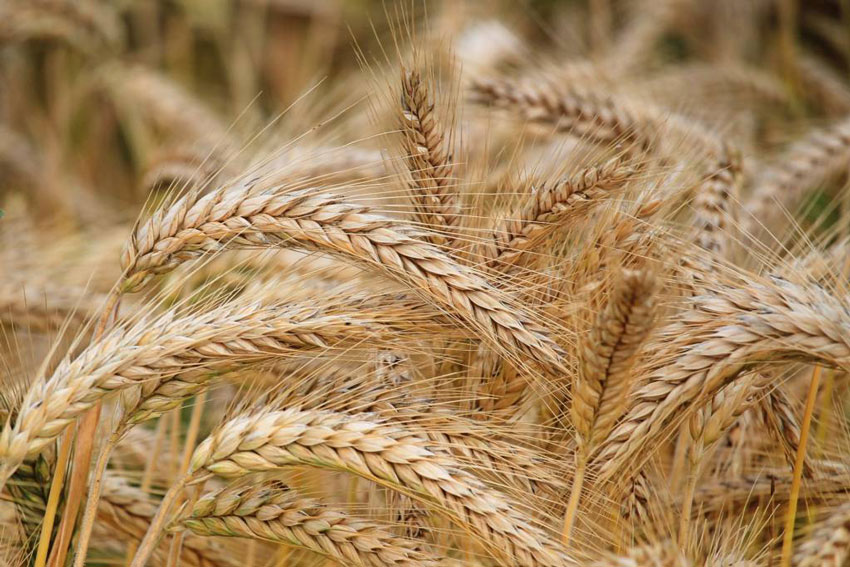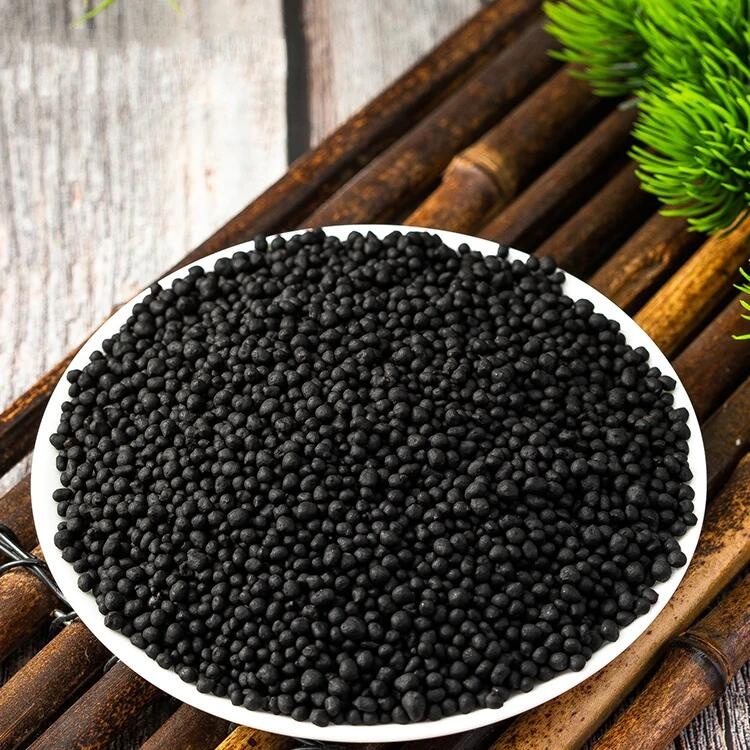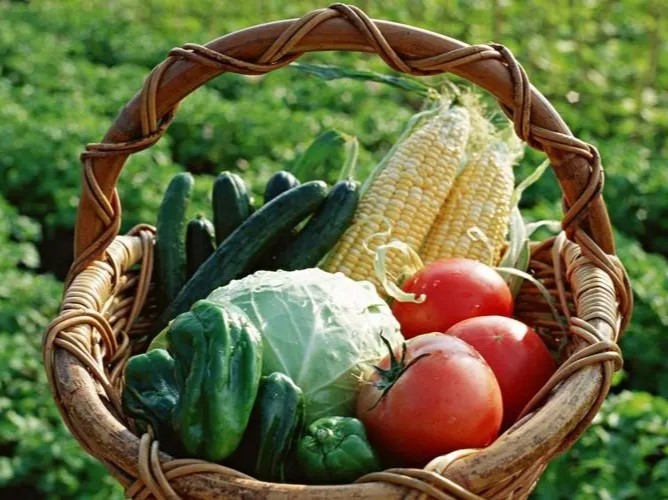Studies have shown that the effects and effects of mineral potassium humate are suitable for all kinds of crops. As a new type of organic infinite compound fertilizer, the effects and effects of mineral potassium humate are suitable for all kinds of crops. Under the same conditions of crop growth, they all show obvious contrast characteristics and have good yield-increasing effects.
The effects and effects of mineral potassium humate vary depending on the type of crop, soil and growth conditions. The most popular crops are wheat, corn and cotton, while the areas of other crops are relatively small. The effects of promotion and application show that the most obvious effects are vegetables and tuber crops, such as cabbage, celery, radish, sweet potato, etc. The most obvious effects are wheat, corn, rice and cotton.
Cases of the effects and effects of mineral potassium humate
Application of wheat
During the growth period of wheat, the root system develops and tillers overwintering, and the fertilizer requirement is large and the time is long. The use of mineral potassium humate adopts the method of applying enough base fertilizer at one time, which has obvious effects in windy sand, saline-alkali, and dry ridge thin land. When applied in sandy saline-alkali land, wheat leaves are dark green, seedlings are strong, tillers are abundant in the early stage, grow vigorously in the middle stage, resist dry hot winds in the late stage, have fewer green stems, and the wheat stalks are waxy yellow. These surface characteristics are in sharp contrast to wheat fields where other fertilizers are applied. In field tests, wheat yields can be increased by up to 30%-40%, and generally by more than 15%. Application in dry ridge thin land shows that wheat grows evenly, with the foot seedlings and main seedlings growing side by side, and the ears of wheat are straight and full at harvest time, showing the drought resistance of mineral potassium humate. The experimental field has applied 50 kg of mineral potassium humate per mu every year, and the yield has increased year by year, from more than 200 kg at the beginning to more than 400 kg. In irrigated fields, the thick lodging resistance of wheat stalks can be reflected.



